LACK OF HUMAN RESOURCES SPECIALIZED IN SPORTS ECONOMICS
When talking about sports , most people will think of athletes, coaches, those who directly participate in professional work, creating emotional moments for fans. They are an important part, directly bringing in large profits, creating the "flow" of the sports economy. But to be able to develop sustainably, the sports economy needs many more people behind the halo. These are managers, marketers, media, teams of experts, representatives... They may not be known to the public but also play an important role in the strong development of the sports economy.
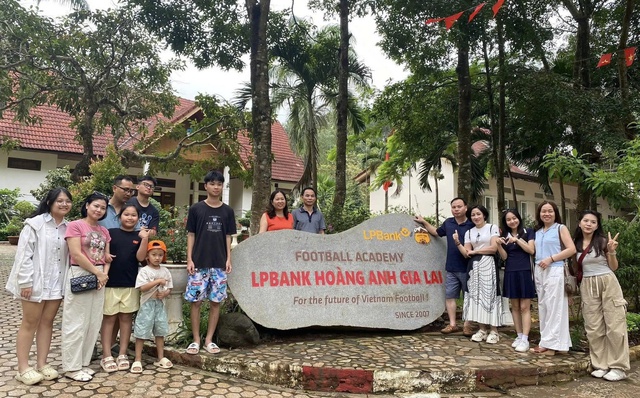
Even without stars, HAGL still attracts customers to Ham Rong Center thanks to its brand as the leading youth training center in Vietnam.
PHOTO: HAGL
In many European countries, sports has long been a huge industry. Football clubs such as MU, Real Madrid or Barcelona have specialized departments in business, marketing, fan care, data analysis, etc. Besides the professional team, these famous football teams also have a huge "human resources" with hundreds of logistics staff, media, lawyers, and financial experts.
World- class athletes like Cristiano Ronaldo or Lionel Messi cannot manage everything by themselves. They have a team to take care of contracts, branding, public relations, and social media content production. Thanks to that, each superstar not only shines on the field, but also becomes a global brand, bringing in huge revenue. These are models that Vietnamese sports can learn from. The most important thing is that Vietnam builds a good enough human resource foundation, knowledgeable in both sports and economics, to create a connection between expertise and commerce.
According to data from the Department of Training under the Ministry of Culture, Sports and Tourism, by 2025, the entire sports industry nationwide needs to add 3,658 people, of which 563 are trained in sports management, including: 4 PhDs, 63 Masters, 486 Bachelors; 10 other majors. By 2030, the entire sports industry nationwide needs to add 4,342 people, of which 682 are trained in sports management, including: 14 PhDs, 89 Masters, 545 Bachelors; 34 other majors.
The gap in high-quality human resources is clearly visible in Vietnamese sports, of which Vietnamese football is a typical example. Many clubs in the V-League and first division cannot "use football to feed football", are not good at marketing to build their image, enhance brand value, thereby selling products, and attracting sponsors. Many teams mainly depend on the money of their bosses. Once the business of the bosses is difficult, the club can easily fall into a state of having to dissolve, and the players are owed salaries and bonuses. If there are enough human resources who are both good at sports and know how to do business, the clubs will develop sustainably.
Dr. Nguyen Thi Hien Thanh, Director of the Sports Economics Program at Hoa Sen University, shared with Thanh Nien : "We are seriously lacking in sports economics experts. Some schools have sports management majors, but they basically only provide general management knowledge and have not really trained human resources capable of exploiting sports economically. This is partly due to the fact that sports can not become a spearhead for economic exploitation. In the world, in countries with developed sports, the sports economy industry contributes a significant part to GDP, even considered the "golden goose", but in Vietnam it is not yet."
WHAT IS THE SOLUTION?
In order for the sports economy not to remain a "forgotten gold mine", a change in management thinking is needed first. Sports is not just about achievements, medals, and titles, but must be seen as an "industry" with an ecosystem including: clubs, athletes, businesses, media, and training facilities, which can create commercial values.
Dr. Hien Thanh added: "In addition to training professionals, we also need to delve into developing human resources for the sports economics industry. Universities should develop in an applied direction, closely linked to the practical needs of clubs, federations or businesses. Students need to be trained in skills in sports marketing, event management, social media communication, data analysis... so that when they graduate, they can work immediately in the sports ecosystem. At the same time, international cooperation with countries with developed sports economies will help shorten the gap in knowledge and experience."
If we can build a quality human resource, clubs and organizations in Vietnam can soon be financially independent and self-operated. Let's look at MU Club to see the lesson. They have not had good results in recent seasons, but are still the world's leading sports brand. That shows that the greatest value does not lie in the results of a season, but in the ability to maintain a loyal fan community, willing to pay for related products and services.
Vietnamese sports also need to encourage private enterprises to participate more deeply. Instead of just short-term sponsorship for a few tournaments, businesses can invest strategically, accompanying clubs or athletes in a mutually beneficial model. When athletes are promoted, businesses benefit commercially, both develop, and from there create motivation for long-term investment. The current difficulty is that many businesses still do not recognize the true commercial value that sports can bring.
Finally, we need to focus on media and technology. The digital age opens up opportunities for sports to reach fans faster than ever before. Exploiting digital platforms to organize online tournaments, broadcast live, sell electronic tickets, or build online fan communities will create huge revenue sources. (continued)
Source: https://thanhnien.vn/kinh-te-the-thao-o-viet-nam-mo-vang-bi-bo-quen-da-den-luc-phai-thay-doi-tu-duy-185250905222643831.htm


![[Photo] Prime Minister Pham Minh Chinh chairs meeting on nuclear power plant construction](https://vphoto.vietnam.vn/thumb/1200x675/vietnam/resource/IMAGE/2025/10/22/1761137852450_dsc-9299-jpg.webp)
![[Photo] Da Nang: Shock forces protect people's lives and property from natural disasters](https://vphoto.vietnam.vn/thumb/1200x675/vietnam/resource/IMAGE/2025/10/22/1761145662726_ndo_tr_z7144555003331-7912dd3d47479764c3df11043a705f22-3095-jpg.webp)

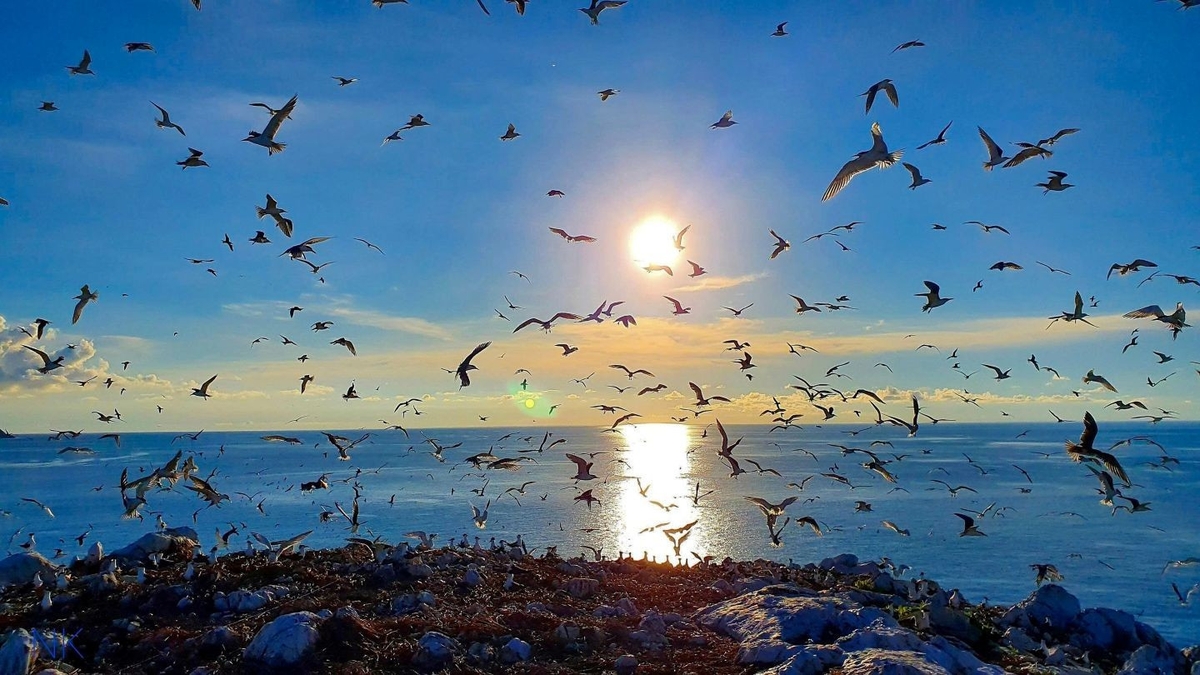
![[Photo] Award Ceremony of the Political Contest on Protecting the Party's Ideological Foundation](https://vphoto.vietnam.vn/thumb/1200x675/vietnam/resource/IMAGE/2025/10/22/1761151665557_giaia-jpg.webp)
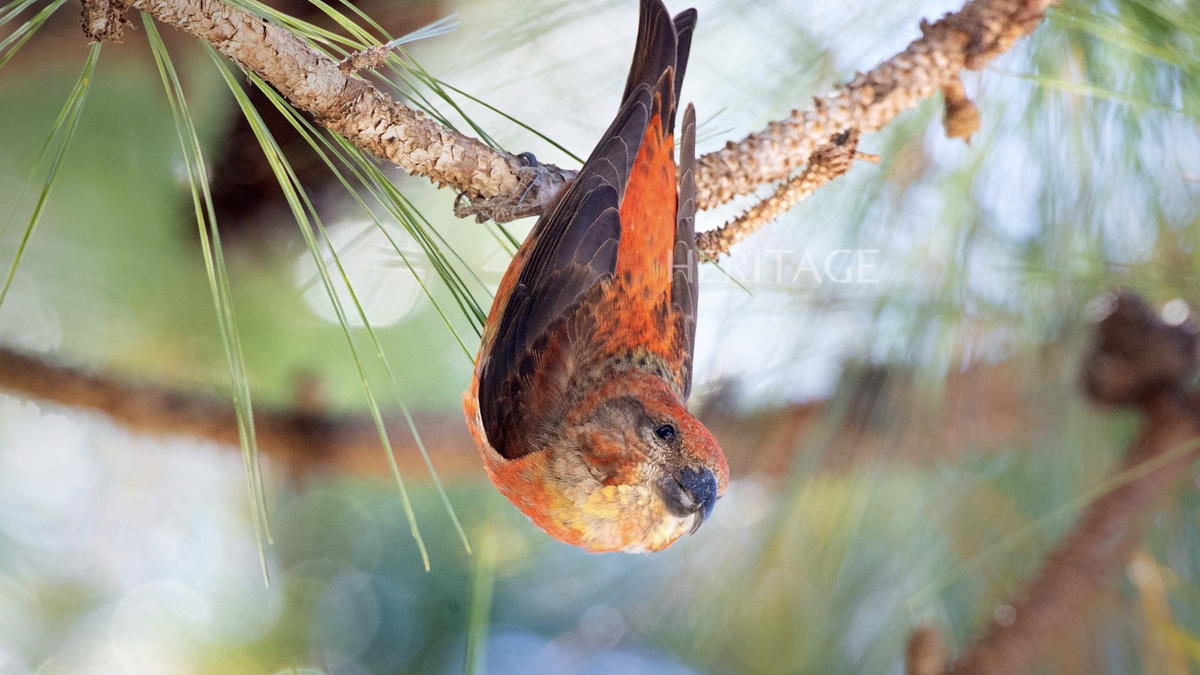
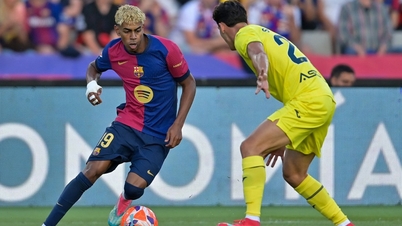

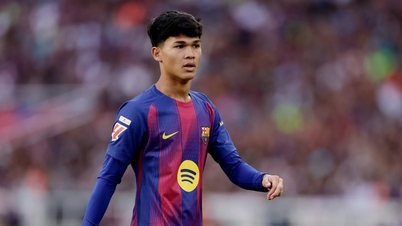
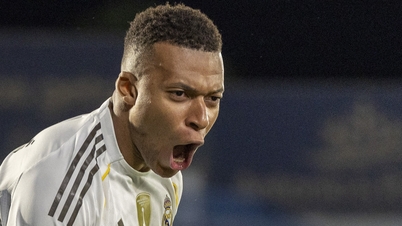



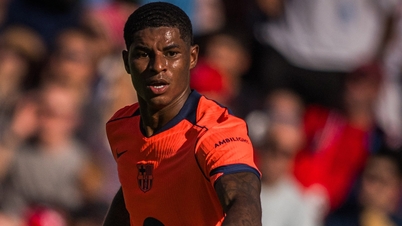


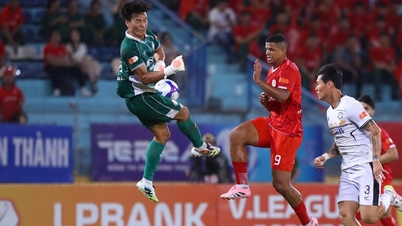
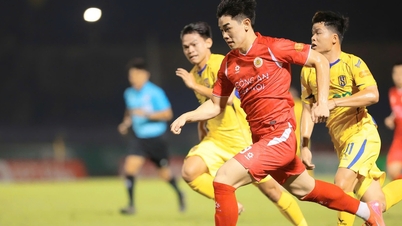
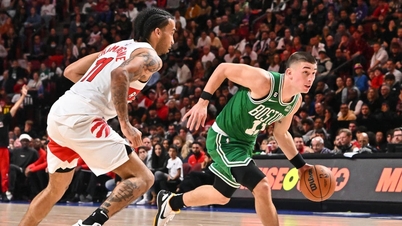
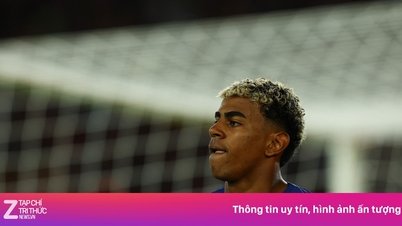


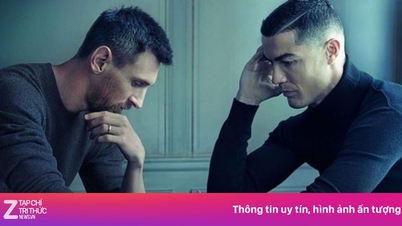






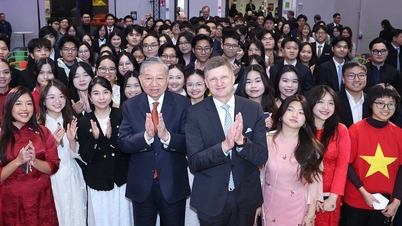

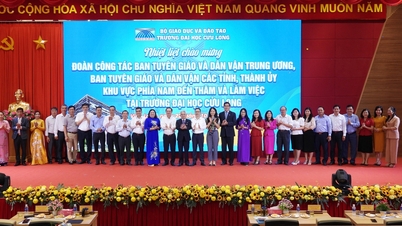
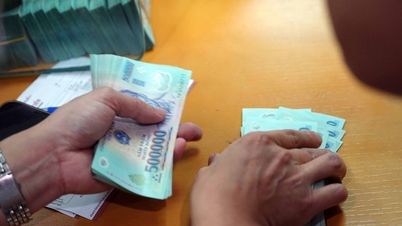







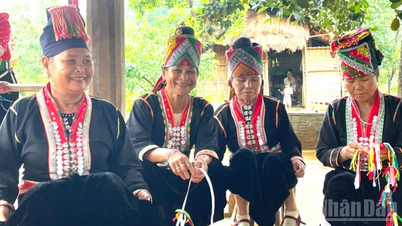






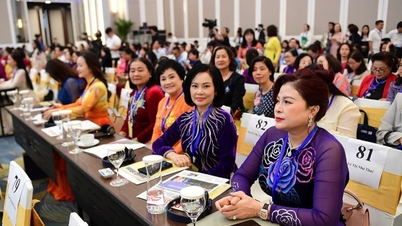




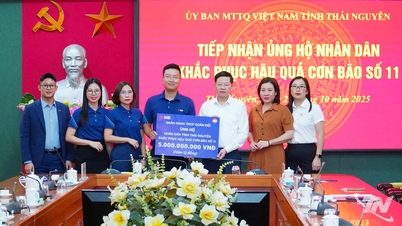

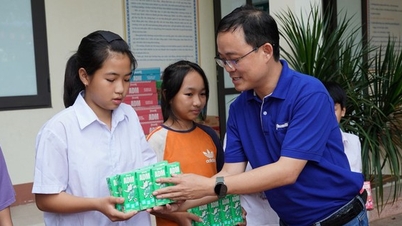

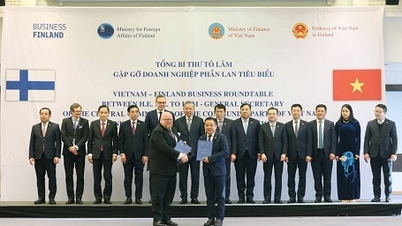

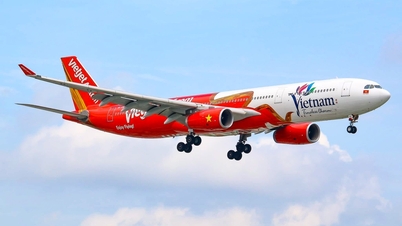
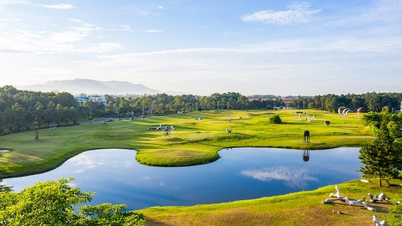








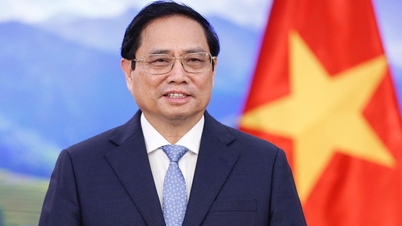
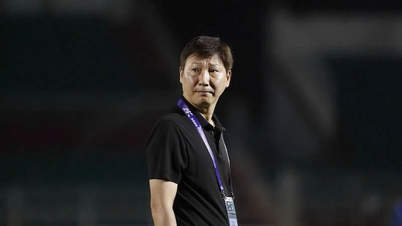
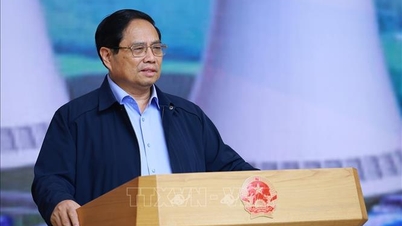
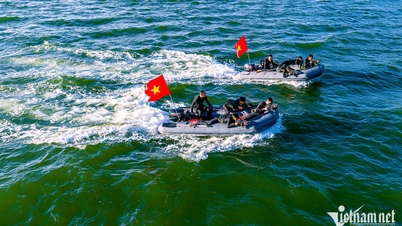
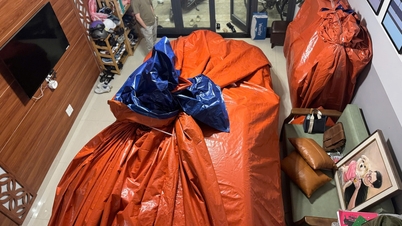
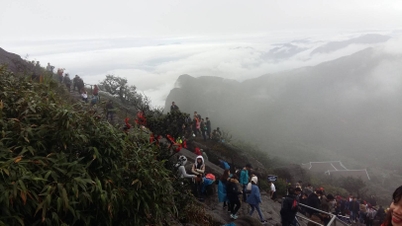

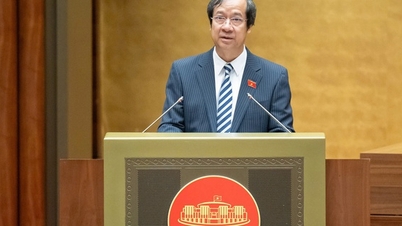

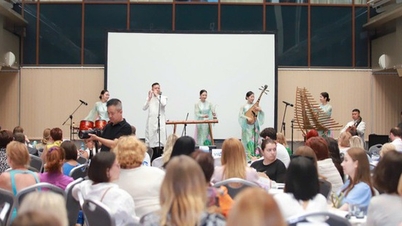
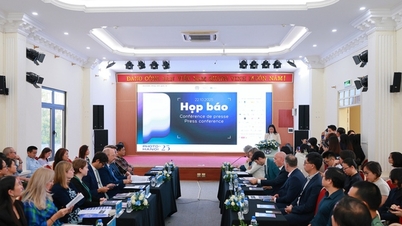
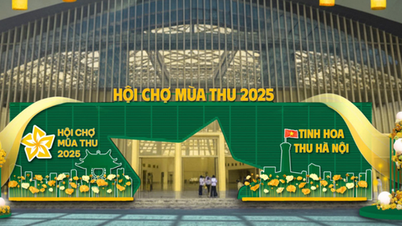
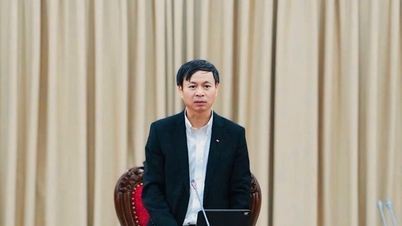

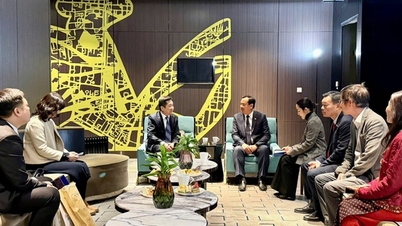
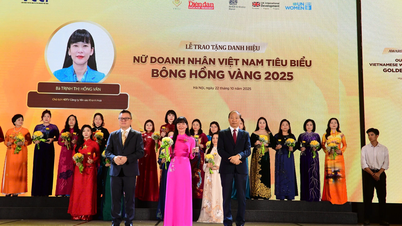

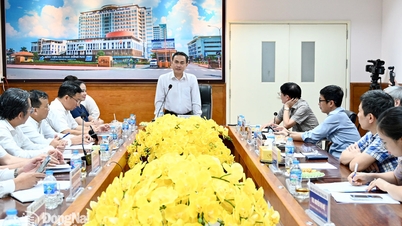




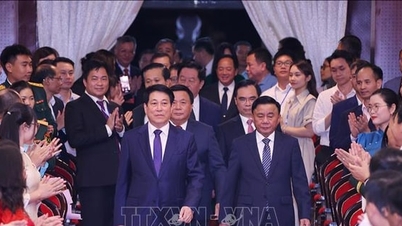

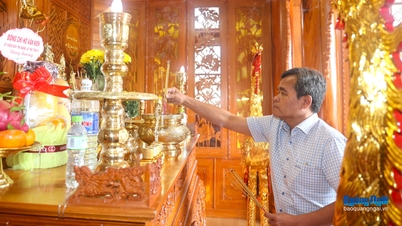










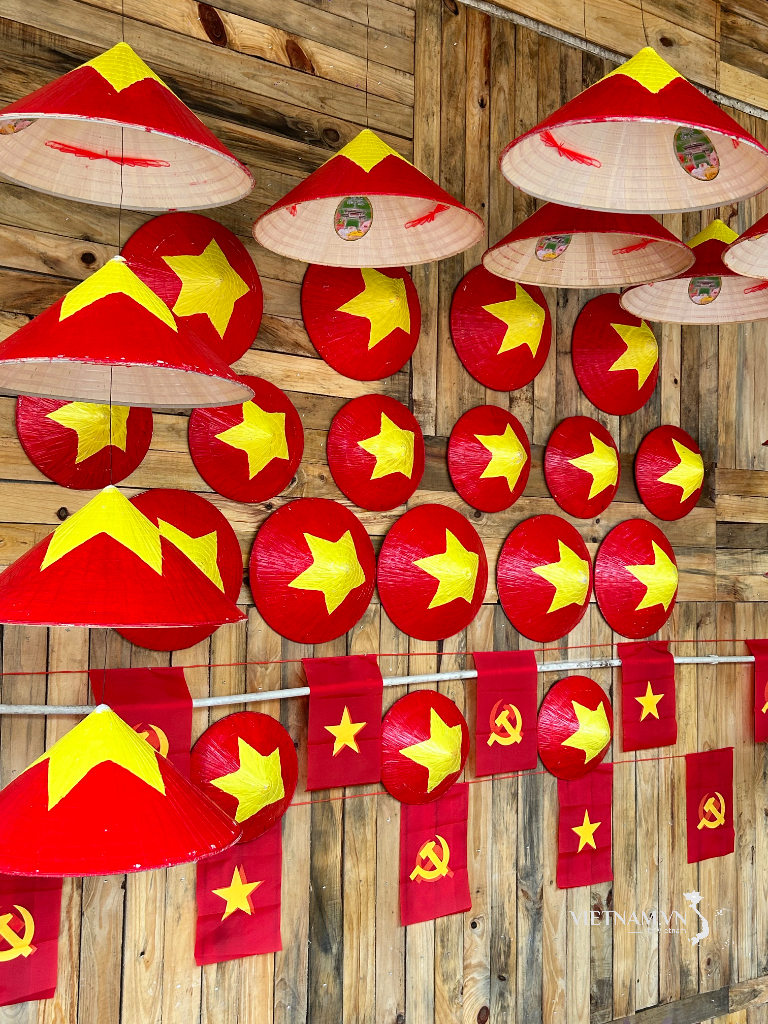
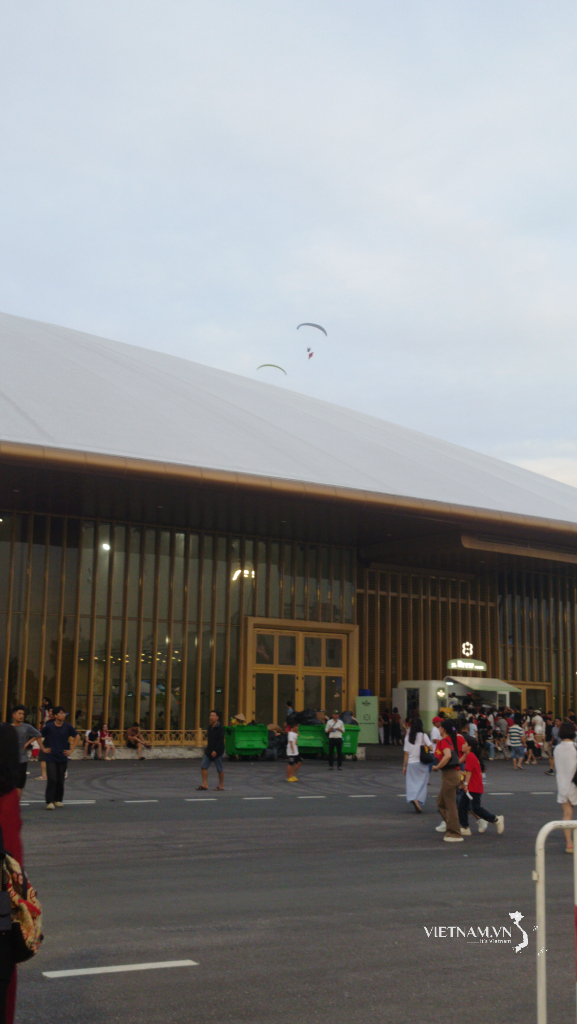


Comment (0)